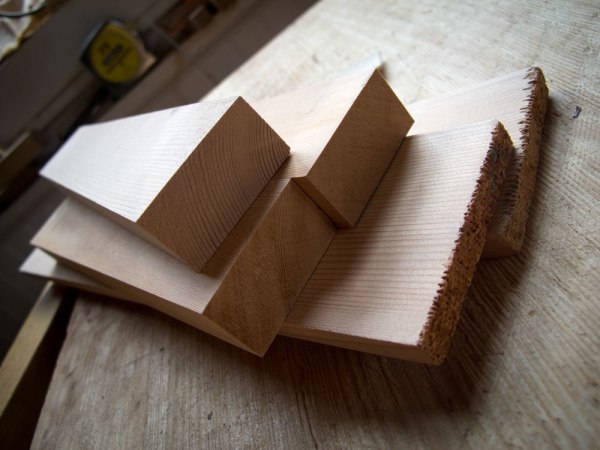
Getting through U.S. Customs Saturday was a harrowing experience. I was certain they would pull me aside and go through my luggage because my declaration card was filled with red flags I’d gathered during my three weeks in Melbourne, Australia.
I always err on the side of declaring everything – everything, even breath mints – when I pass through immigration. Honesty is so much easier than trying to hide a backsaw in a body cavity.
So my declaration card included:
• Old tools with wooden components.
• Random chunks of timber, some with bark.
• Lots of expensive and pointy bits of stuff.
• Bizarre Australian candy for the kids.
• Antique Japanese paring chisel with a rosewood handle.
When it came time to go through my luggage, the Customs officer didn’t give a second look at the tools, timber or other pointy bits. It was the candy that received the scrutiny. Some of the wacky sweets looked like bananas. Fruit and meat are a no-no. After the “bananas” were determined to be completely artificial, I was free to go.
After a big sigh of relief, I sprinted to catch my connecting flight.
Of all the stuff I brought back, the biggest treasure is five small sticks of King Billy Pine (Athrotaxis selaginoides) I picked up from toolmaker Chris Vesper. It’s a slow-growing and endangered species from Tasmania that has a long, fragrant and storied history in the history of the region. It’s a protected species and difficult to get here. These sticks were acquired entirely ethically.
I got just enough to build two Roubo try squares. One of them will be part of my payment to Wesley Tanner for redesigning our revision of Joseph Moxon’s “The Art of Joinery” with my commentary.
“The Art of Joinery” was the first Lost Art Press book and is now out of print. This year we’re reissuing the book, which will be expanded to include the following parts:
1. The text from Moxon’s writing on the art of joinery which has been lightly “translated” by me to make it easier for the modern reader to digest. Most of the “translation” consists of removing the long “s” from the words and breaking up some long sentences with semicolons.
2. The “translated” text will have some commentary from me and the engravings from Moxon’s book placed in situ – e.g. the image of the chisel will be next to the chisel.
3. The original text, untranslated and with all its 17th-century peculiarities. The text will be entirely reset in a font picked by Wesley. We’re adding this section to the book because several readers complained that they really really really wanted the source text without any commentary. There were also grumblings that my light “translation” was like rewriting the King James Bible in the voice of Austin Powers.
4. We’ll be offering the whole book in either cloth or leather bindings, plus in ePub and Kindle versions.
Work is proceeding on the book, and it should be out by the end of the year.
— Christopher Schwarz